Cumulus
Liam Faes

64W Photojournalisme Spéos 2024
High Altitude Research Station Jungfrau and Gornergrat
At an altitude of 3500 meters, the research base of HFSJG (High Altitude Research Station Jungfrau and Gornergrat) and the Sphinx Observatory dominate Europe, overlooking the Aletsch Glacier, the largest glacier in the Alps, and nestled between the peaks of Jungfrau and Mönch. The establishment of this scientific base followed the evolution of the Jungfrau railway, which began in 1896, with continuous meteorological recordings since 1925. Initially focused on astronomical observation and solar spectroscopy, the base has gradually moved away from these areas to focus more on climatology over the past 20 years. Managed by HFSJG, the base hosts researchers from various European universities, who often install permanent equipment there. Integrated into the ICOS (Integrated Carbon Observation System) project involving 16 countries and 168 bases in Europe and its surroundings, the base also participates in the NCACC (Network for the Detection of Atmospheric Composition Change), aiming to establish links between climate change and modifications in atmospheric composition.
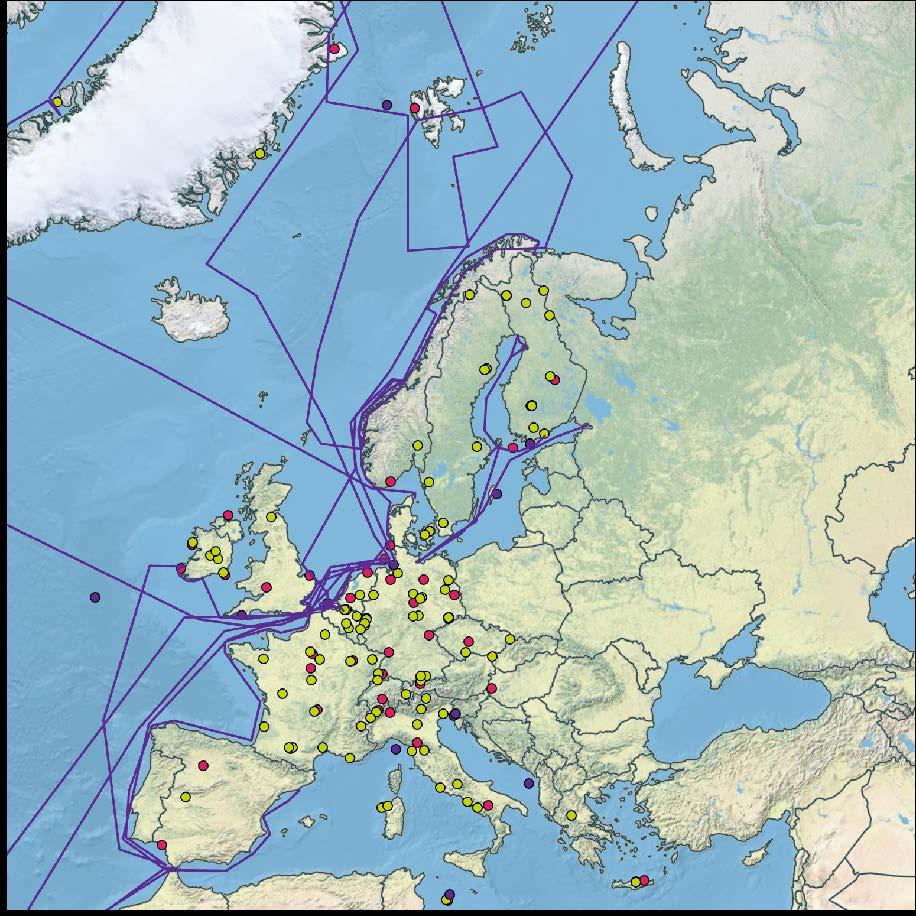
ICOS station map, (www.icos-cp.eu)

The ‘Global Stations’ of the Global Atmosphere Watch (www.wmo.int).
“Man can climb to the highest summits, but he cannot dwell there long.” George Bernard Shaw

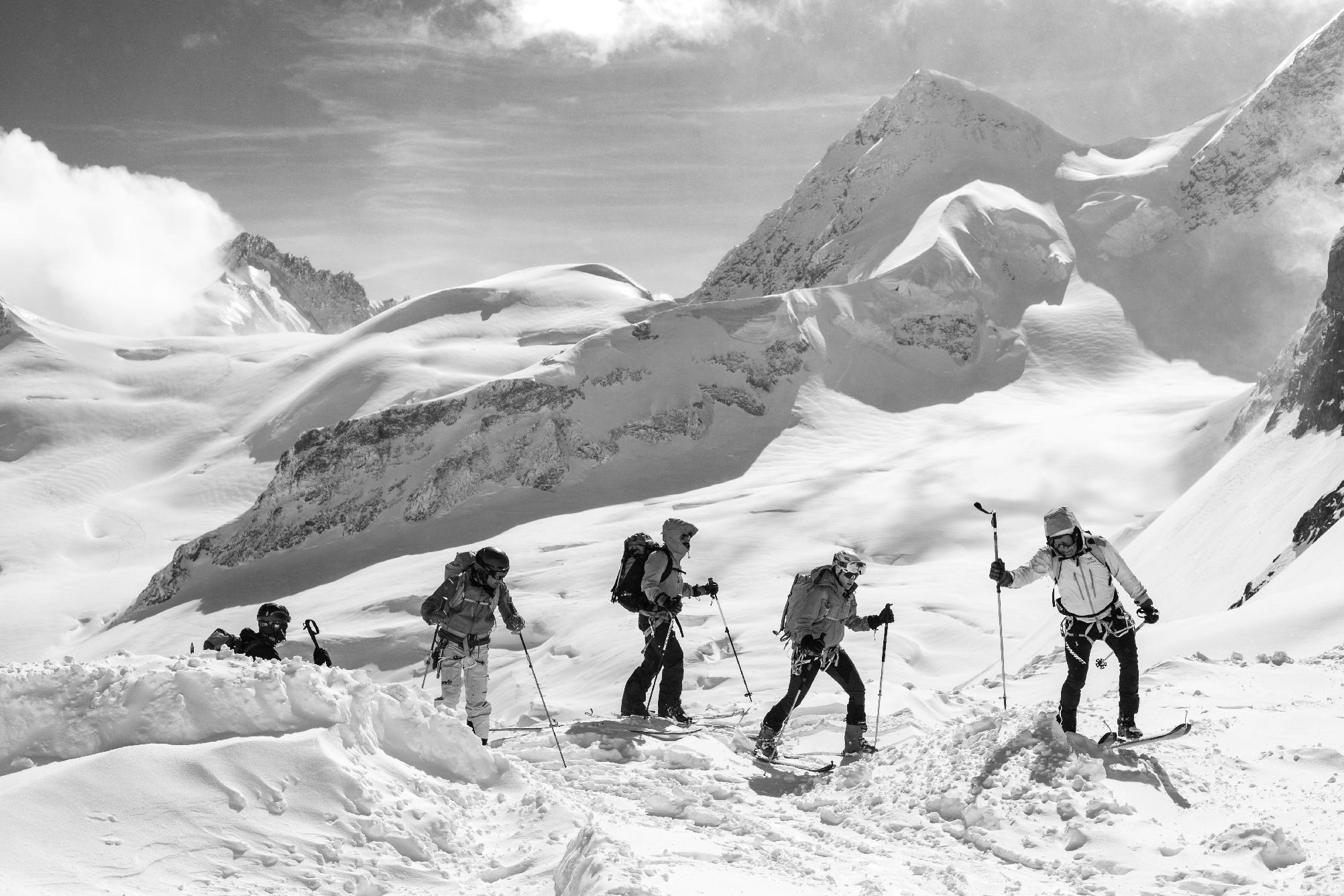





Thomas and Sonja are one of the two couples who work at the station as caretakers. Their mission is to manage part of the equipment handling for measurements and other varied tasks related to the base’s research. They also take care of welcoming the scientists who come to work at the base. The two couples alternate shifts of fifteen days, leaving them with two weeks off between each stay. Their day starts around five or six in the morning and ends around 7:30 p.m. during the last meteorological readings of the day that they perform.











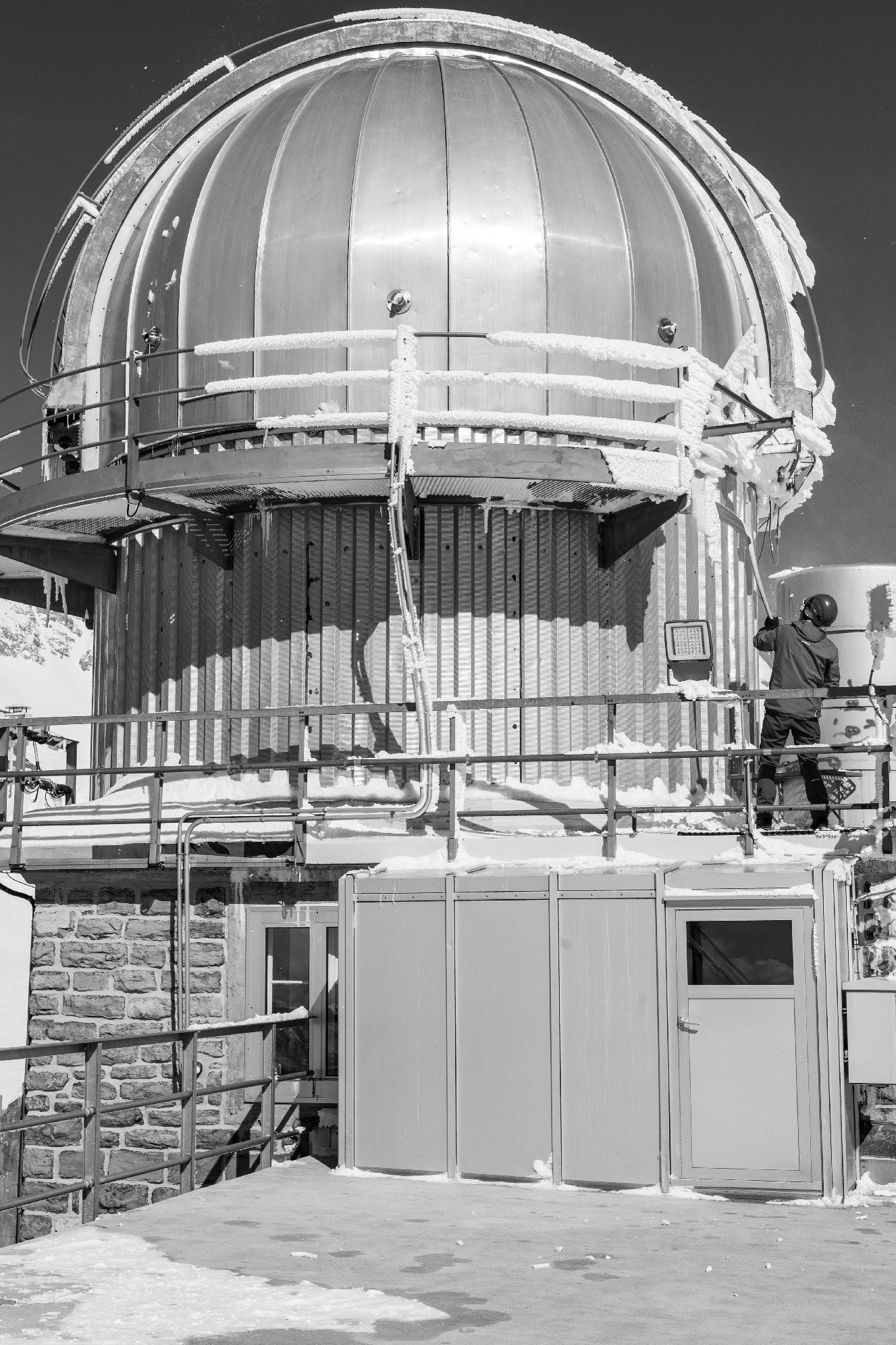

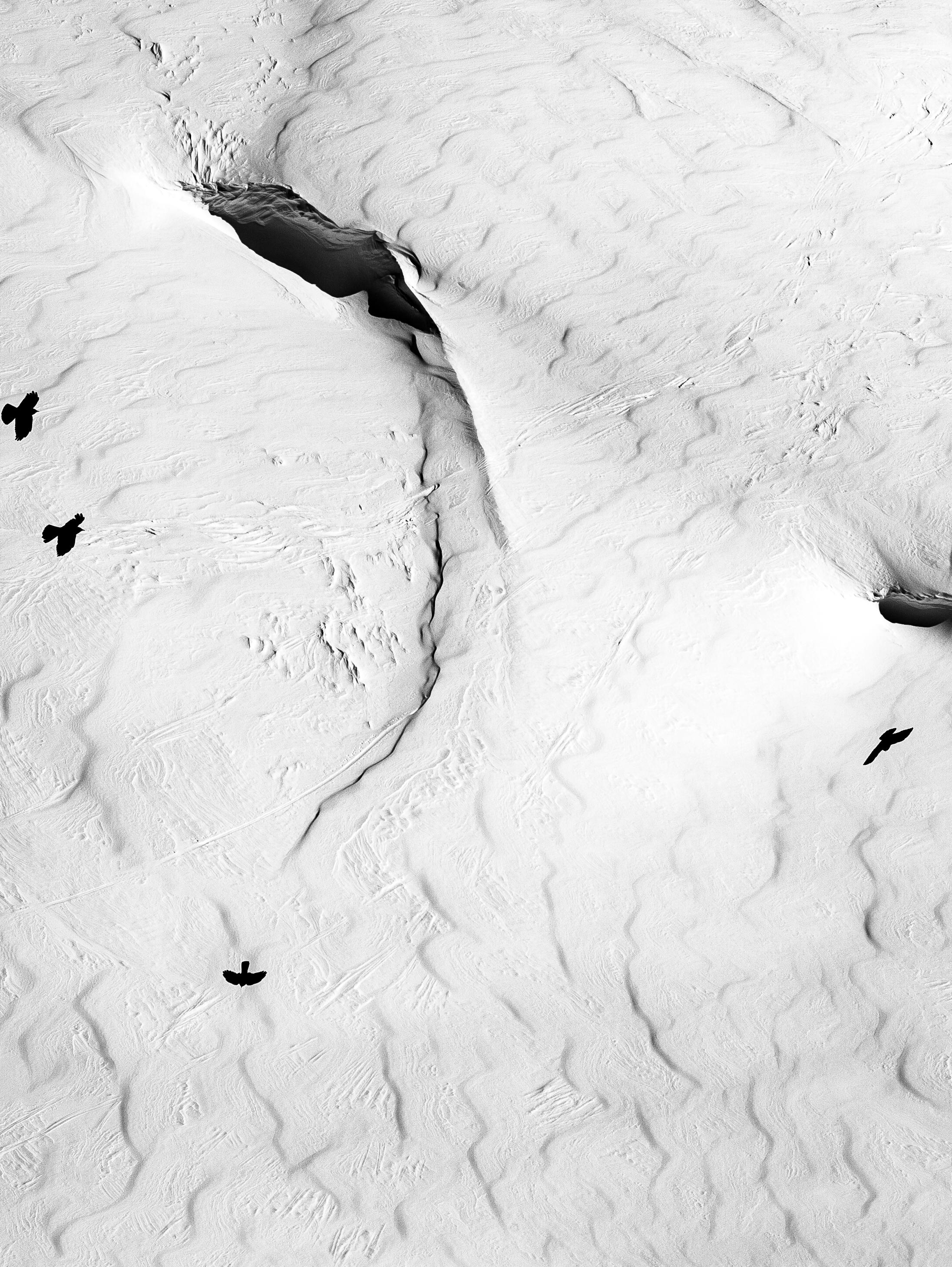


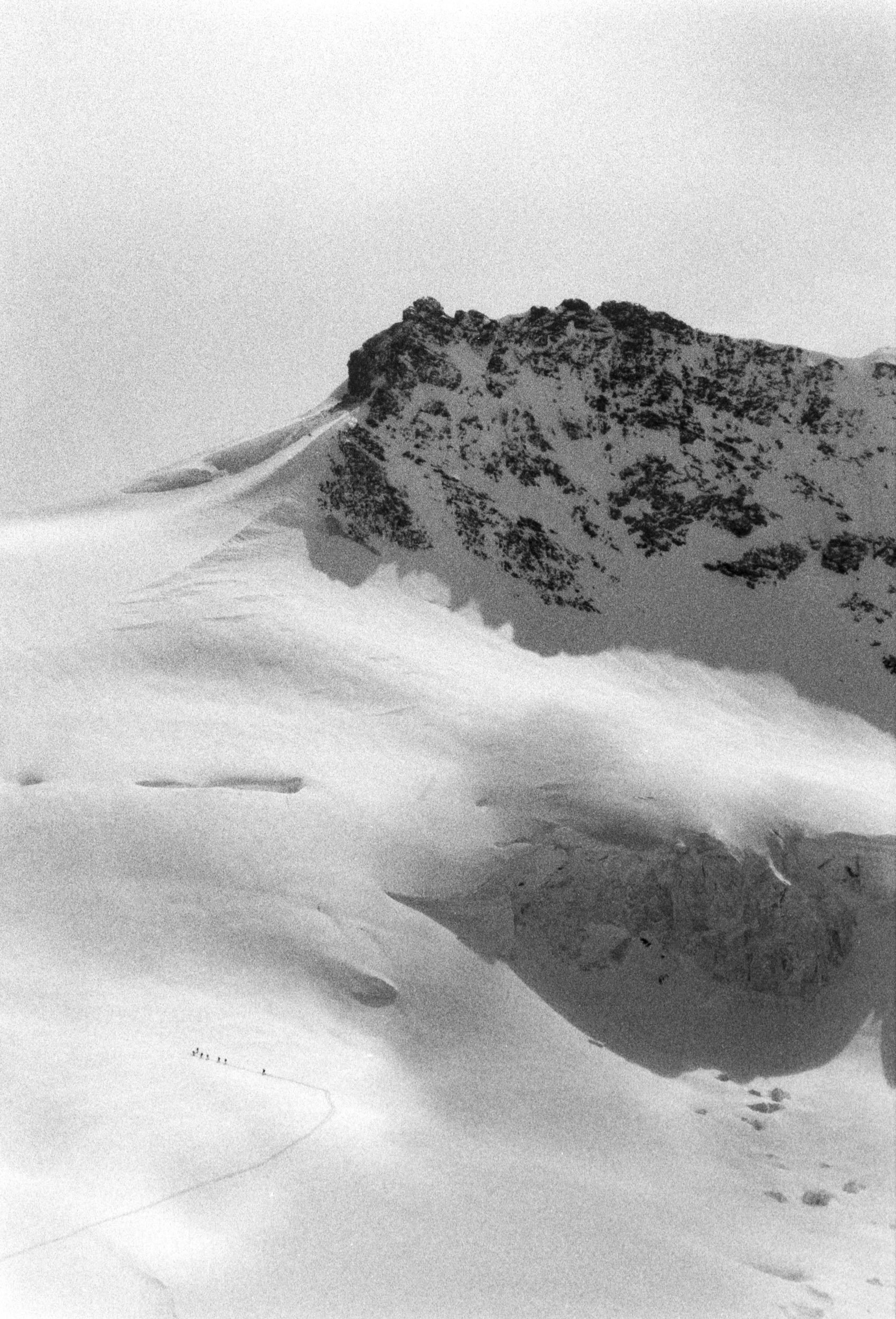
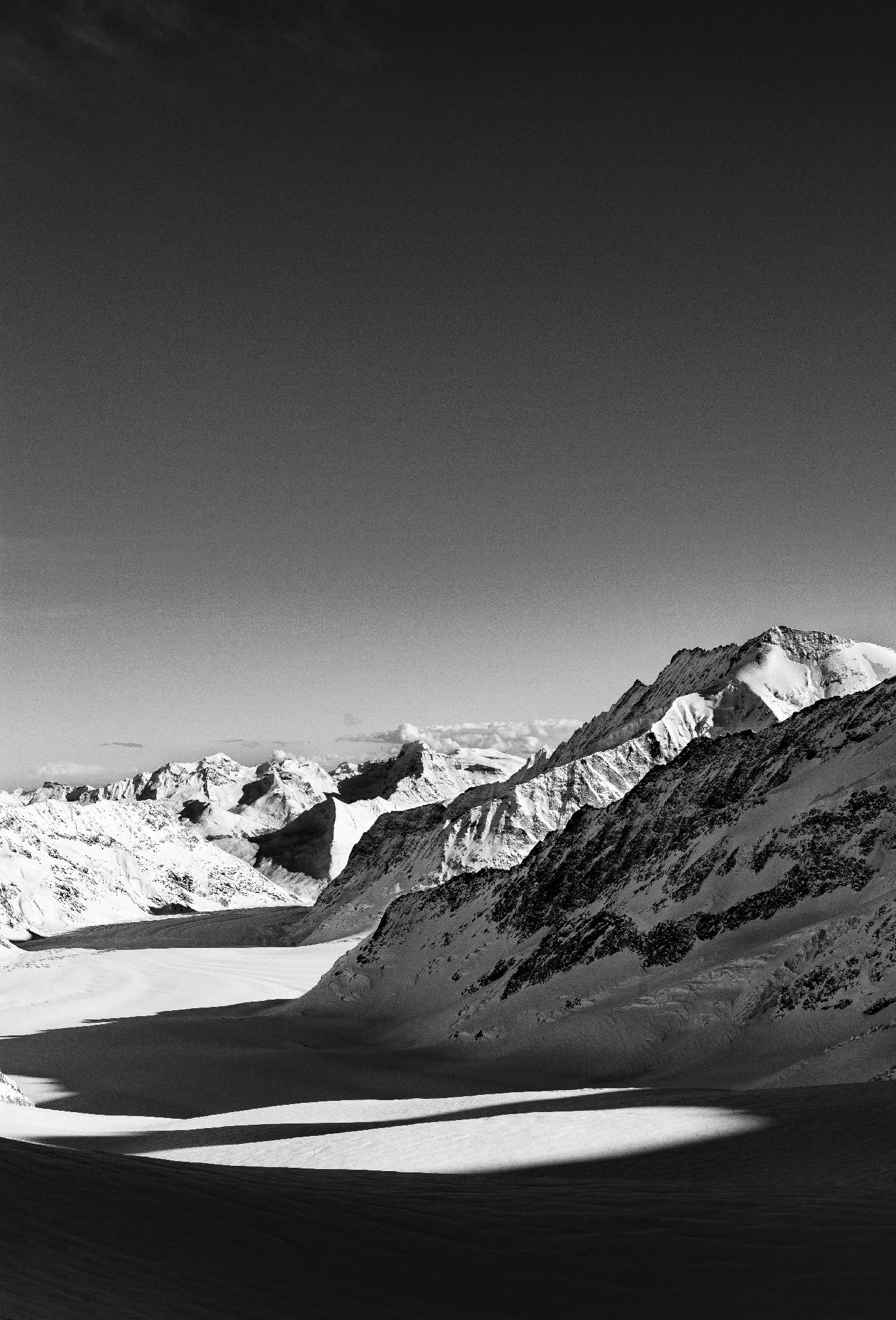
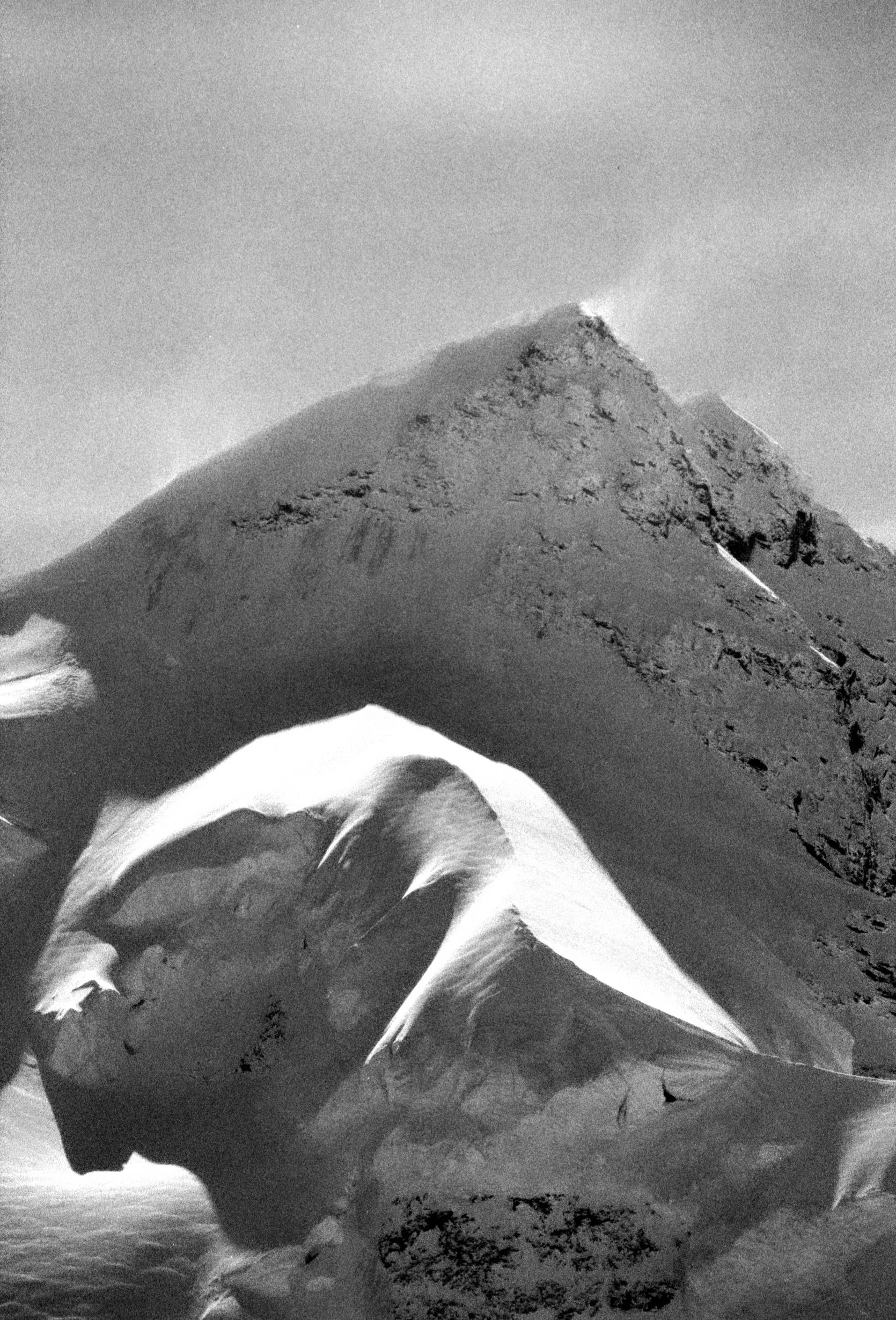
Understanding the Carbon Cycle
The history of this base dates back to 1893, with the vision of Adolf Guyer-Zeller, who undertook the construction of a 7.5-kilometer-long tunnel to reach an altitude of 3454 meters. Work began in July 1896 and was completed in 1912, at a cost of 16 million Swiss francs, double the initial estimate. Founded in 1930 under the impetus of the Swiss Academy of Sciences, HFSJG brings together various national and international foundations, such as the Jungfrau Railway, which finances part of the base and contributes to it through its profits. This international collaboration has been recognized with two Nobel Prizes in Physics.
Today, the base primarily focuses on climatology, aspiring to become a reference in this field. Its unique location and modern infrastructure already make it a key element in several international programs, such as NABEL, EMEP, AGAGE, NDACC, and ICOS, all interested in various aspects of atmospheric composition and its evolution. At the heart of these research efforts lies a common goal: understanding the carbon cycle.
The first level involves recognizing the interaction between all living matter on Earth and carbon, the foundation of life on our planet. This delicate balance has enabled the development of terrestrial life. Mammals, including humans, as well as natural events such as volcanic eruptions, release CO2 into the atmosphere. On the other hand, plants and oceans absorb CO2 through photosynthesis and certain living organisms, or by dissolving it in the oceans. This CO2 is trapped underground, in organic matter or in water.
The second level of understanding lies in the discovery of the potential of fossil fuels since the 1800s. This discovery has led to a sharp increase in CO2 in the atmosphere, resulting in a surplus that cannot be absorbed by the various chemical reactions mentioned earlier. This has led to a greenhouse effect, warming the planet.
At the third level, upon closer examination of CO2 curves, it is observed that despite a constant and regular evolution, the CO2 level varies in the atmosphere throughout the year, as if the Earth were breathing.
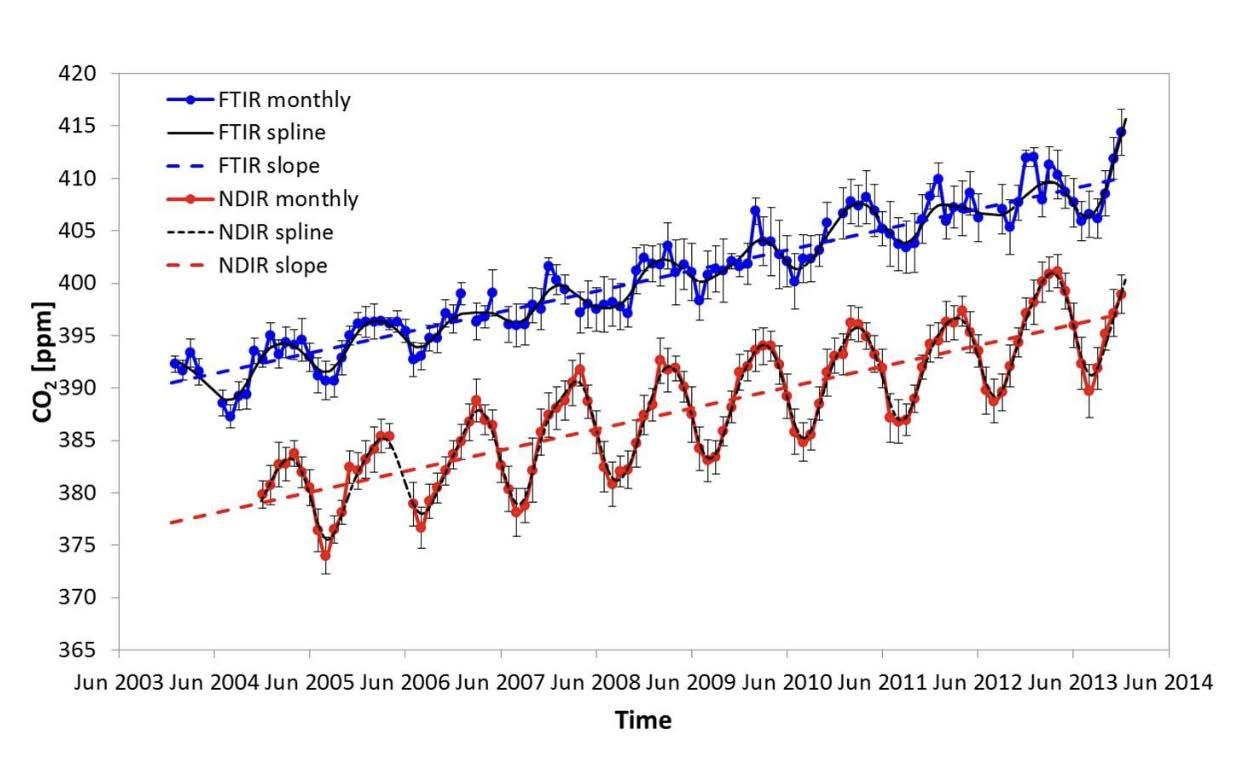
The NDIR is a measurement system that monitors changes in CO2 and O2 concentrations in the atmosphere. Air is collected at the top of the station and then cryogenically cooled. Using an NDIR spectrometer, the concentration of CO2 can then be determined.
The FTIR, on the other hand, is an instrument that determines the quantity of molecules and atoms based on the absorption of infrared radiation. Used by the University of Liège since the 1950s at the Jungfraujoch station to measure the interaction of solar radiation with the atmosphere, it is now used to measure the concentration of various greenhouse gases present in the atmosphere.
“The visualization is a product of a simulation called a “Nature Run.” The Nature Run ingests real data on atmospheric conditions and the emission of greenhouse gases and both natural and man-made particulates. The model is then left to run on its own and simulate the natural behavior of the Earth’s atmosphere. This Nature Run simulates January 2006 through December 2006.” (svs.gsfc.nasa.gov)
In January (winter), the decomposition of plant matter by the sun’s action begins to slow down. On a global scale, the decomposition of vegetation represents a significant release of CO2 into our atmosphere.

In April, carbon levels in the atmosphere reach their maximum. The intensive use of energy for heating in the northern hemisphere, combined with agricultural activities beginning in early spring, contributes to this accumulation. Conversely, in the southern hemisphere, where vegetation is abundant due to a different climate, carbon levels are much lower. This is because the southern hemisphere is emerging from summer and has more vegetation compared to the northern hemisphere.
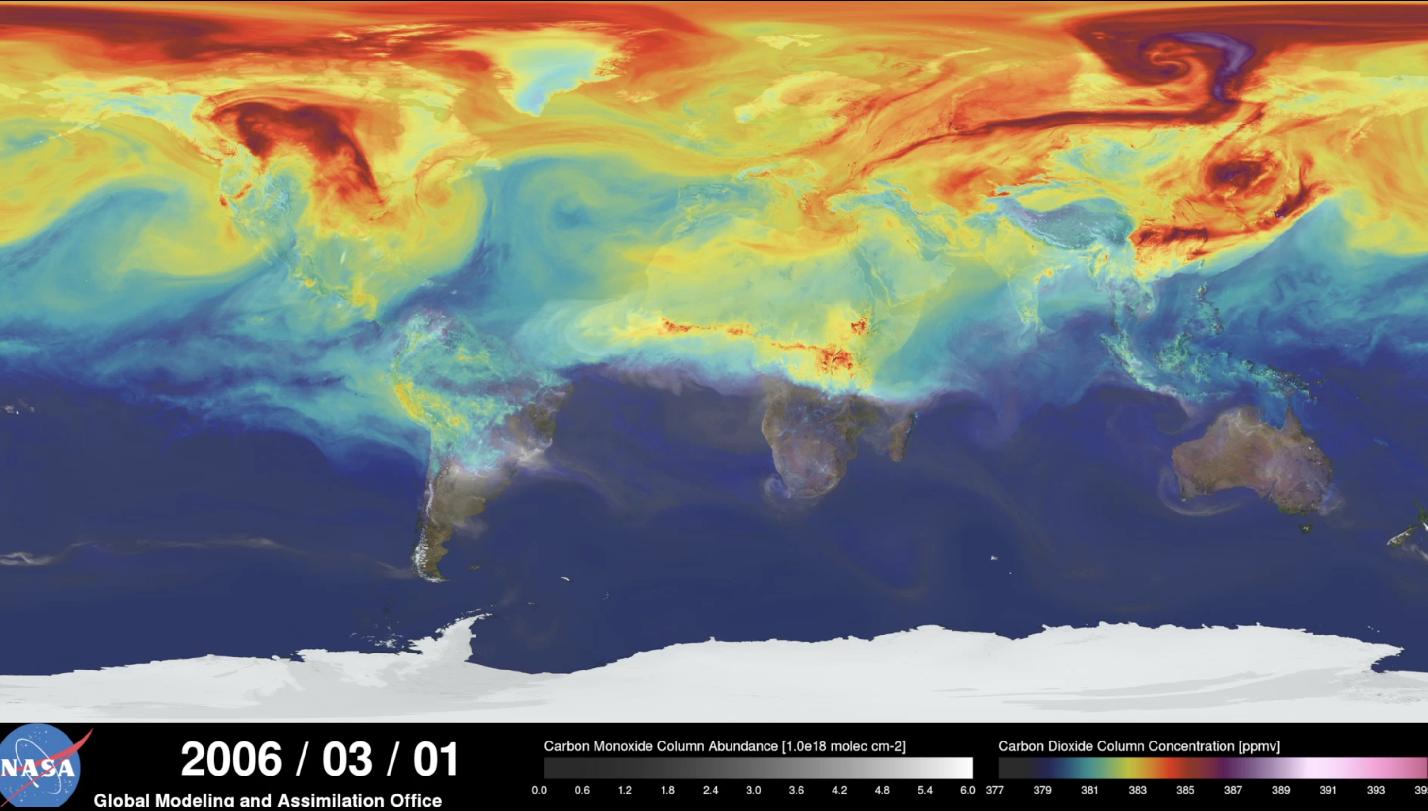
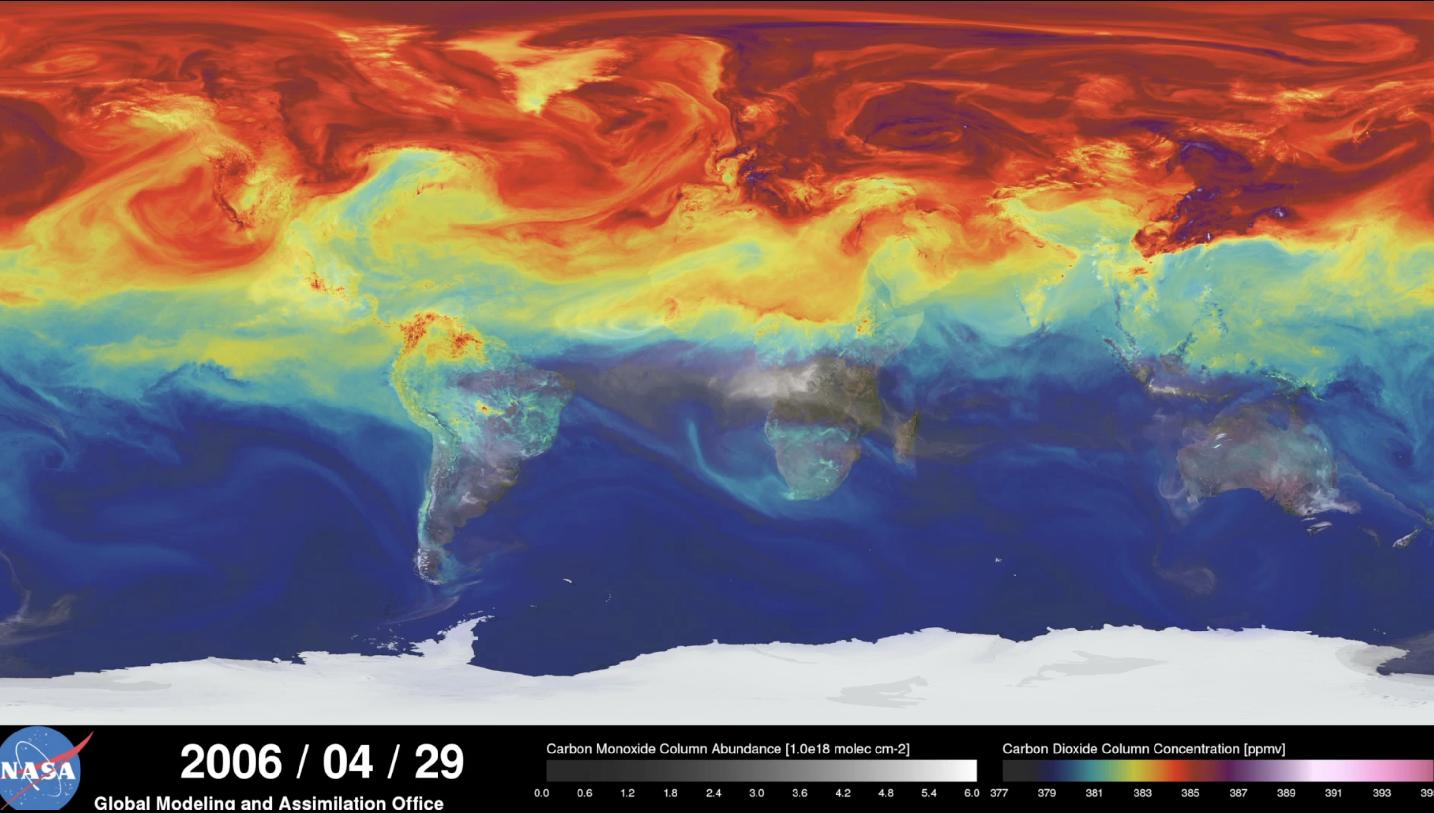
Between June and September, plant photosynthesis is in full swing, allowing plants to store and absorb much more CO2, resulting in very low levels of carbon dioxide in the atmosphere.
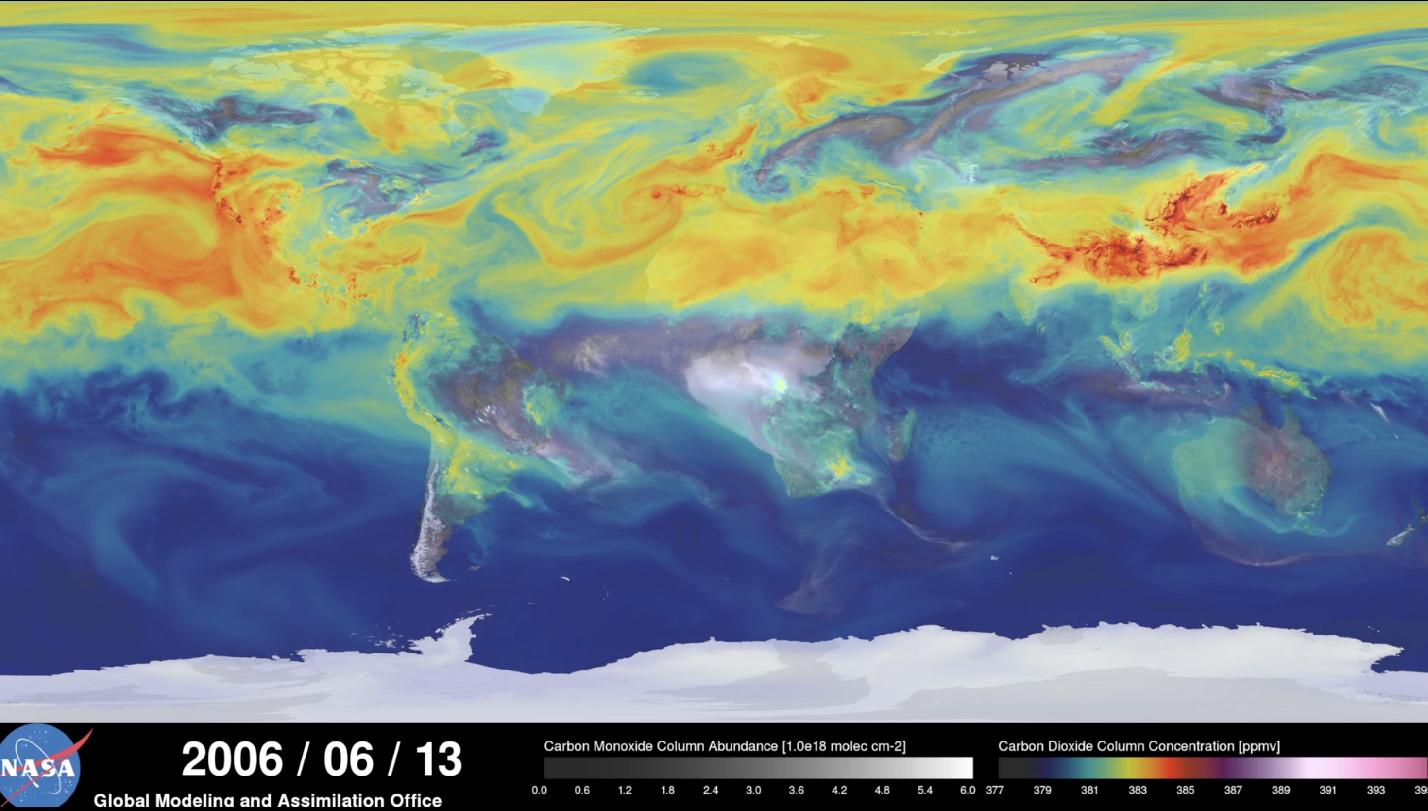
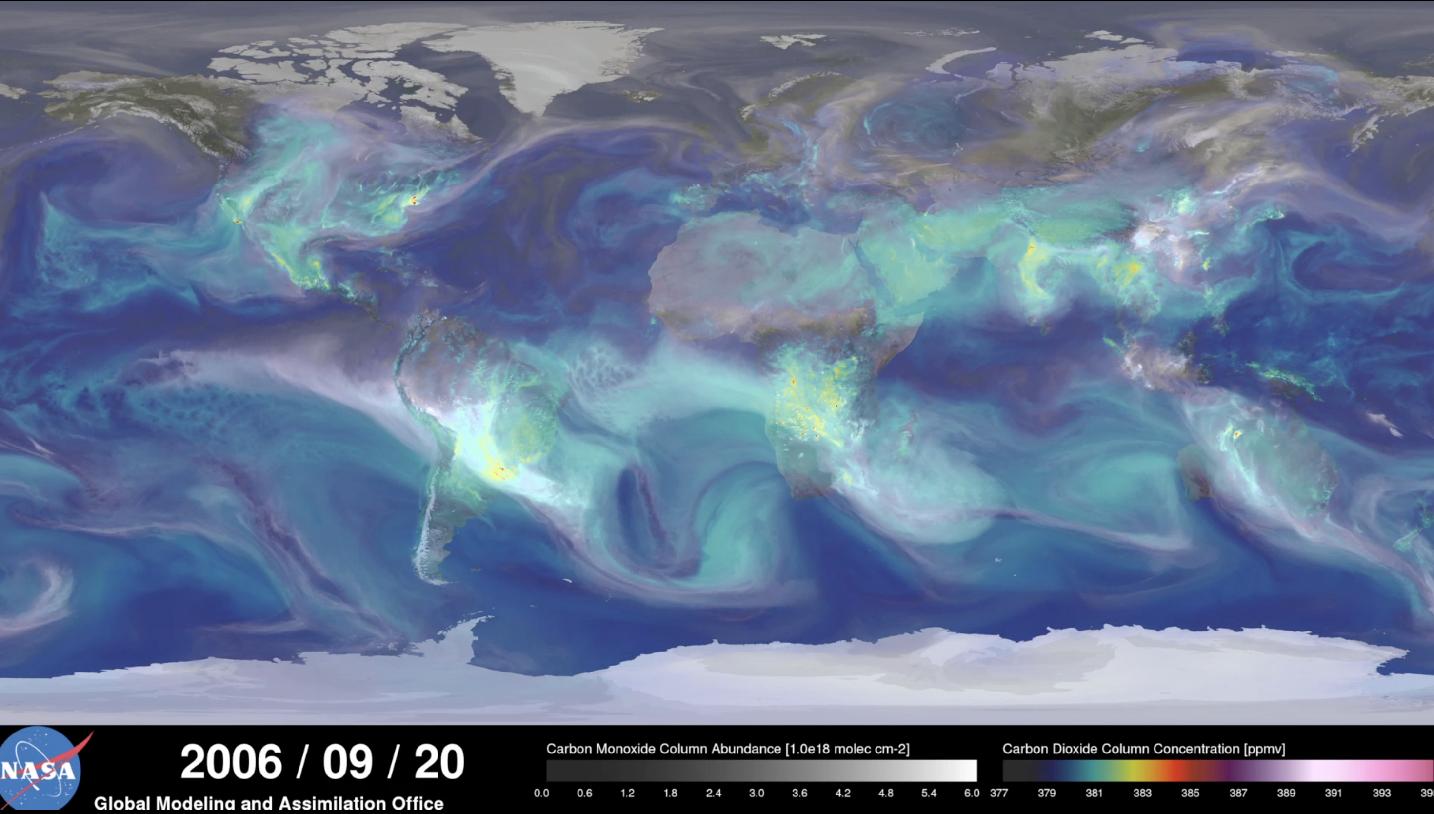
By November, some vegetation begins to die and release CO2 through decomposition. This phenomenon intensifies in December, accompanied by the need for heating in the entire northern hemisphere once again.


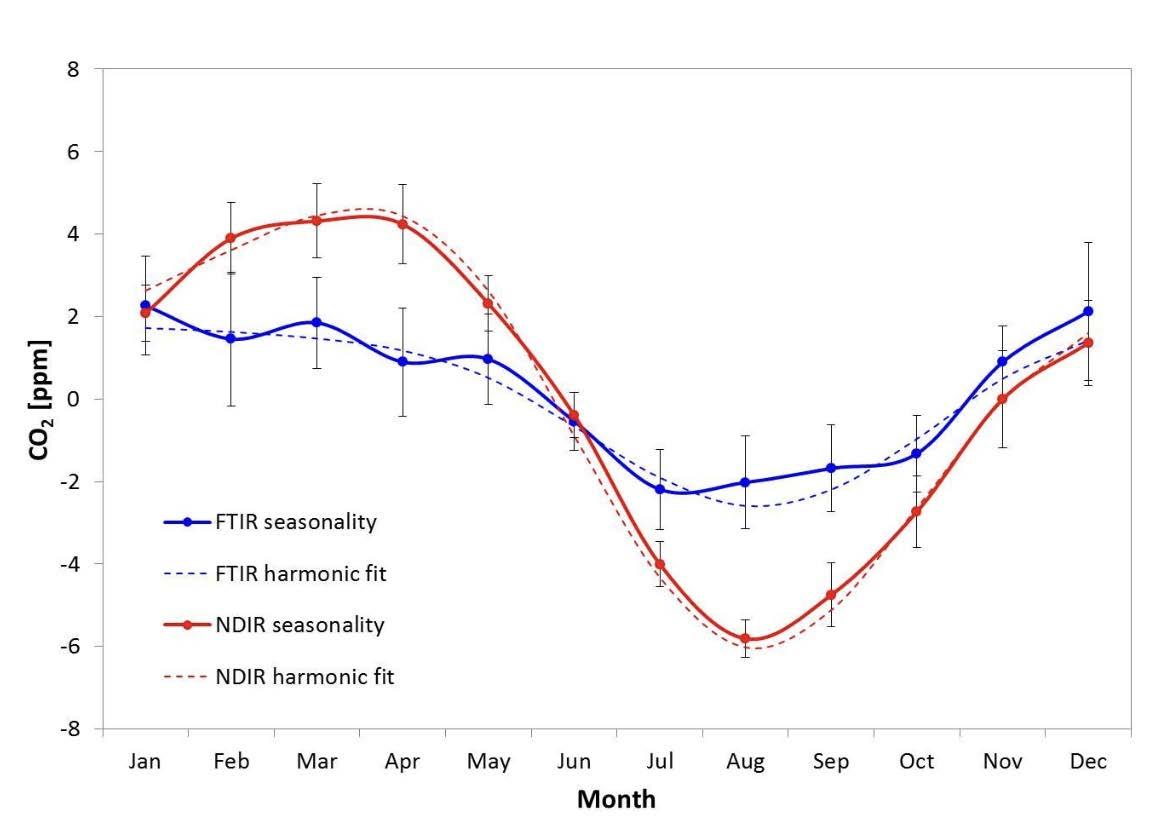
Representation of the annual carbon cycle in the atmosphere, by monthly average. Measured at the Jungfraujoch station.
It is crucial to grasp the nuances of this process, particularly concerning the mechanisms of carbon sequestration and release by terrestrial and oceanic ecosystems. This in-depth research enables us to better predict the responses of these systems to climate change, and consequently, to anticipate the impacts on our planet and society. Thanks to millions of data points collected by various organizations worldwide, including the Sphinx Observatory, and computer models such as NASA’s GEOS-5, we have been able to understand phenomena such as seasonal variations in CO2. These studies underscore the crucial importance of places like the HFSJG research base in monitoring and understanding climate change.
The Melting of the Aletsch Glacier
The rising temperatures in these mountainous regions, illustrated by the accelerated melting of the Aletsch Glacier, foreshadow dramatic consequences for biodiversity and alpine landscapes. Faced with these challenges, it is imperative to intensify efforts to mitigate greenhouse gas emissions and to adapt societies to inevitable climate change.

Today, the glacier is losing 50 meters in length every year. Some glaciologists predict its disappearance by the end of the century.

Since 1990, we have regularly exceeded the symbolic threshold of 1.5 degrees Celsius (in Jungrfraujoch) set by the 2015 Paris Agreement on climate, with a peak of over 2 degrees Celsius since 2010.
The research conducted at the HFSJG base provides valuable data to inform policies and actions aimed at limiting climate change and strengthening community resilience. By gaining a better understanding of the mechanisms of the carbon cycle and the complex interactions between the atmosphere, oceans, soils, and biosphere, we are better equipped to address the environmental challenges we face. Ultimately, the HFSJG research base embodies the importance of international collaboration and scientific research in the fight against climate change. It serves as a tangible example of how science can inform policy decisions and individual actions, while emphasizing the urgency of collective action to preserve our planet for future generations.









































